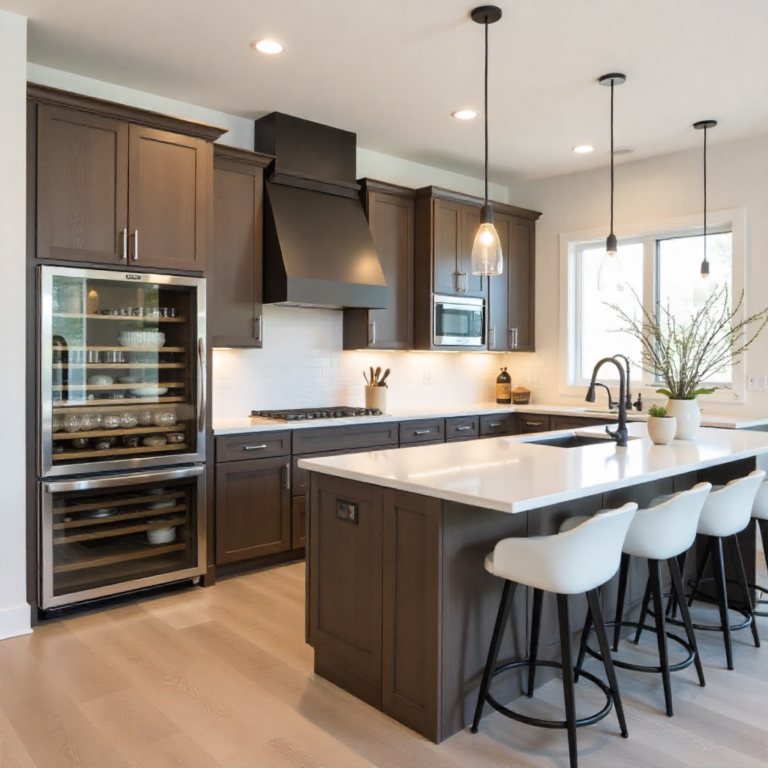Wood-drying is often treated as a secondary process in construction and woodworking, yet it plays a crucial role in the long-term durability, safety, and pest resistance of wooden structures. While cutting, shaping, and assembling wood may be the primary tasks builders focus on, neglecting proper wood-drying can lead to a host of problems—including structural instability, mold growth, and serious insect infestations. Despite being considered an afterthought in many projects, wood-drying is in fact a foundational step that ensures the quality and longevity of any timber-based construction.
Freshly harvested or “green” wood contains a high amount of moisture. Depending on the species, this moisture content can range from 30% to over 100% of the wood’s dry weight. If used in construction without adequate drying, this moisture will gradually evaporate over time, causing the wood to shrink, warp, crack, and deform. This is not just a cosmetic issue—it can compromise the structural integrity of beams, joists, flooring, and framing, potentially leading to failures that are expensive and difficult to fix.
Moist wood also creates the perfect conditions for fungi, mold, and wood-boring insects to thrive. Wood pests like termites, beetles, and woodworms are highly attracted to damp environments. Larvae bore deep into wet wood, feeding and developing unseen until visible damage appears. Mold and mildew not only stain the wood but also release spores that affect indoor air quality and human health. In poorly ventilated buildings, untreated moist wood becomes a long-term liability.Visit Online shashel for More details.
Proper drying stabilizes the wood by reducing its internal moisture content to safe levels—usually below 20% for construction and 6–8% for interior finishes and furniture. Once dried, the wood becomes significantly less attractive to insects and more resistant to fungal attack. It also handles adhesives, paints, and finishes more effectively, ensuring a higher-quality result in the final product. This is why seasoned builders, preservationists, and pest control experts all emphasize drying as a critical step before installation or treatment.
There are several drying methods, but kiln drying and air drying are the most common. Kiln drying uses controlled heat and airflow to rapidly reduce moisture, offering consistent and predictable results. Air drying is slower but less energy-intensive, often used for large beams or specialty wood. In both methods, drying must be done carefully and evenly to prevent internal stresses and surface checking.
Even in restoration or pest control work, drying remains a vital part of the process. For example, after a building has been treated for infestation or flood damage, drying is used to eliminate residual moisture that could trigger new problems. This is where technologies like microwave drying have gained popularity. Microwaves penetrate the wood and heat moisture from within, accelerating the drying process while killing pests and mold at the same time. It’s a dual-action benefit that makes the material safe, dry, and pest-free in a matter of hours.
In conclusion, wood-drying may seem like a secondary task, often delayed or overlooked in the rush of construction. But failing to dry wood properly can sabotage the entire project down the line. From structural stability to pest prevention and indoor safety, dry wood performs better, lasts longer, and requires less maintenance. Whether building from scratch or restoring heritage timber, investing time and resources into drying is not optional—it’s a critical step that determines the long-term success and health of any wooden structure.


